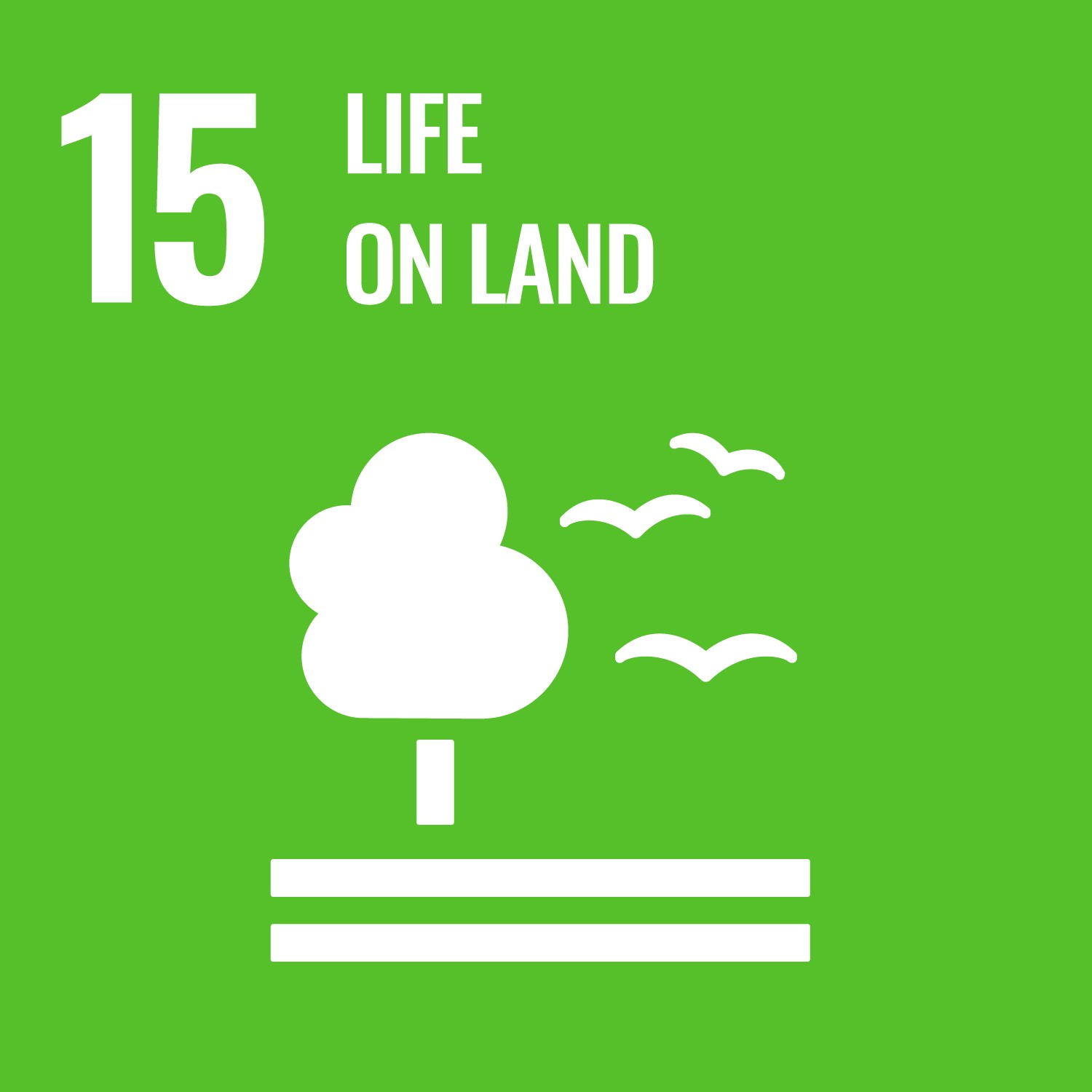 Goal 15 aims to protect, restore and promote sustainable management of terrestrial ecosystems, sustainably manage forests, combat desertification and halt and reverse land degradation and halt biodiversity loss. Key targets include restoring degraded land and soil, safeguarding biodiversity and mobilising financial resources for sustainable forest management.
Goal 15 aims to protect, restore and promote sustainable management of terrestrial ecosystems, sustainably manage forests, combat desertification and halt and reverse land degradation and halt biodiversity loss. Key targets include restoring degraded land and soil, safeguarding biodiversity and mobilising financial resources for sustainable forest management.
UK woodlands support a high proportion of the nation’s biodiversity, providing a valuable habitat for invertebrates, birds, mammals, mosses and lichens. The UK Forestry Standard supports Goal 15 by promoting the use of native species, mixed woodland structures and sustainable land management practices. These should conserve habitats and provide ecological resilience.
Building on the UK Forestry Standard, the Woodland Carbon Code promotes the creation of well-designed, native and wildlife-friendly woodlands. Woodland creation under the code helps restore degraded land, supports responsible land stewardship and contributes to habitat creation and connectivity, linking existing habitats to form wildlife corridors.
The Woodland Carbon Code also provides alternative methods of finance for sustainable woodland creation and forest management (Goal 15.B). All Woodland Carbon Code projects must conform to the UK Forestry Standard, ensuring the protection of soils, habitats, and ecosystem services.
The Woodland Carbon Code Woodland Benefits Tool encourages project developers to:
- Prioritise native tree species and natural regeneration to provide essential habitat for UK biodiversity (Goal 15.2)
- Create or enhance priority habitats that have been identified as needing conservation action (Goal 15.5)
- Design woodlands with a diverse structure and minimal intervention management to benefit wildlife (Goal 15.5)
- Strengthen landscape connectivity for ecological resilience (Goal 15.1)
Projects that meet four or more of the biodiversity-related criteria earn a biodiversity haven badge. This recognises their contribution to Goal 15.

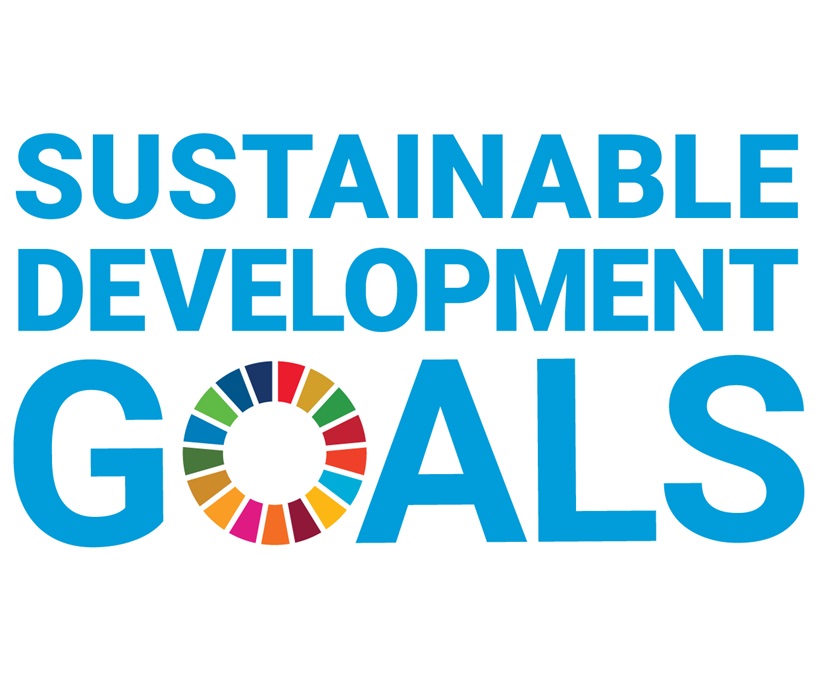
 Goal 3
Goal 3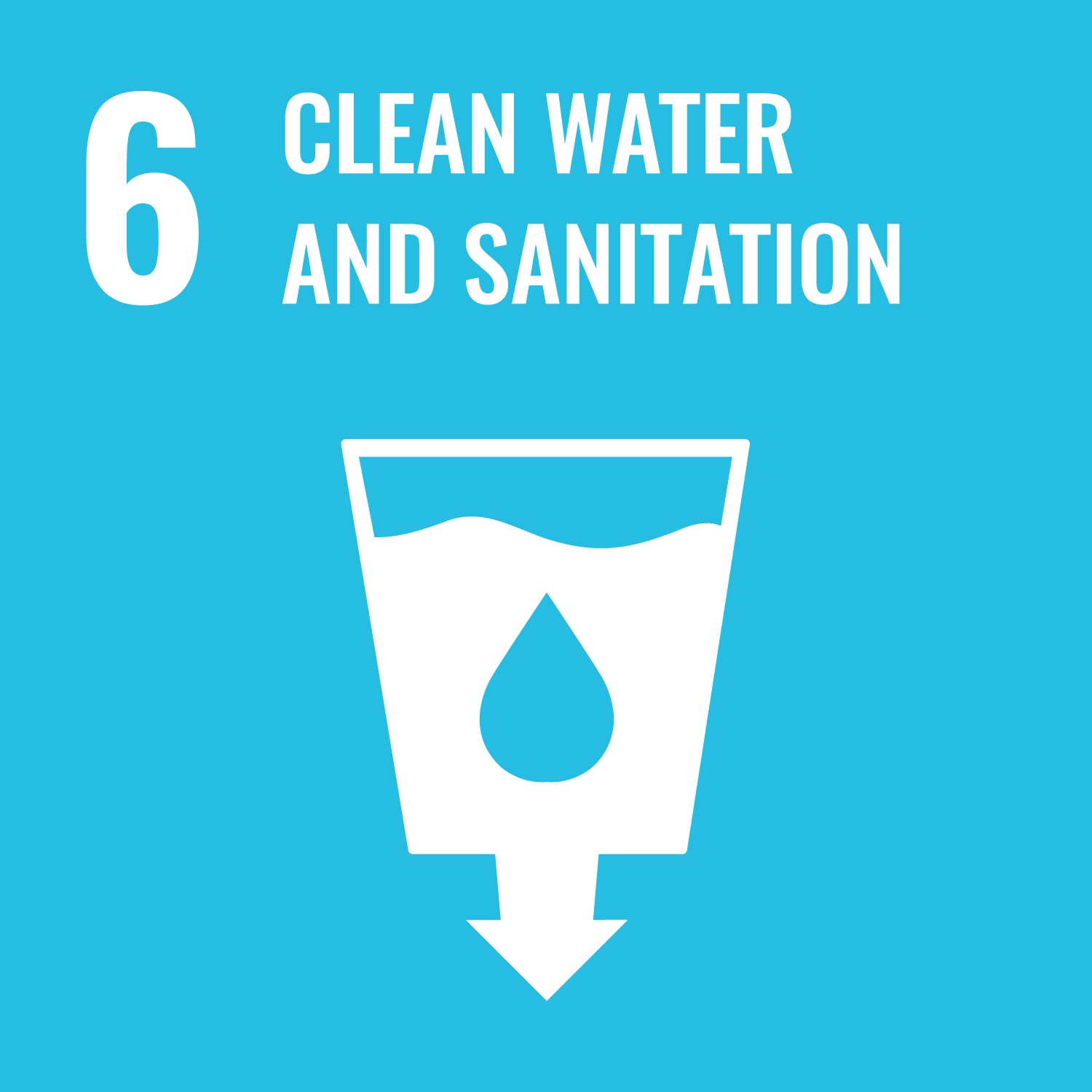 Goal 6
Goal 6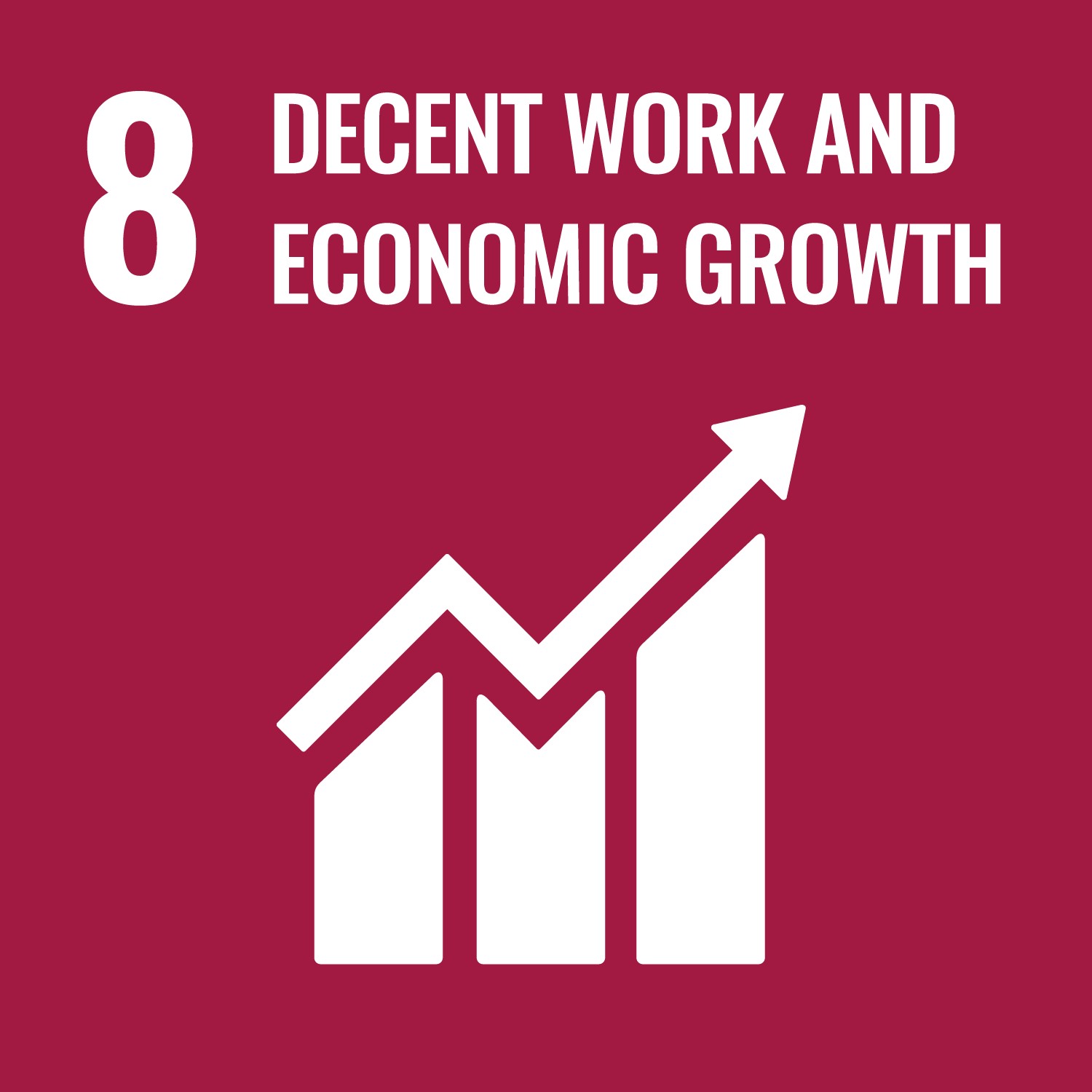 Goal 8
Goal 8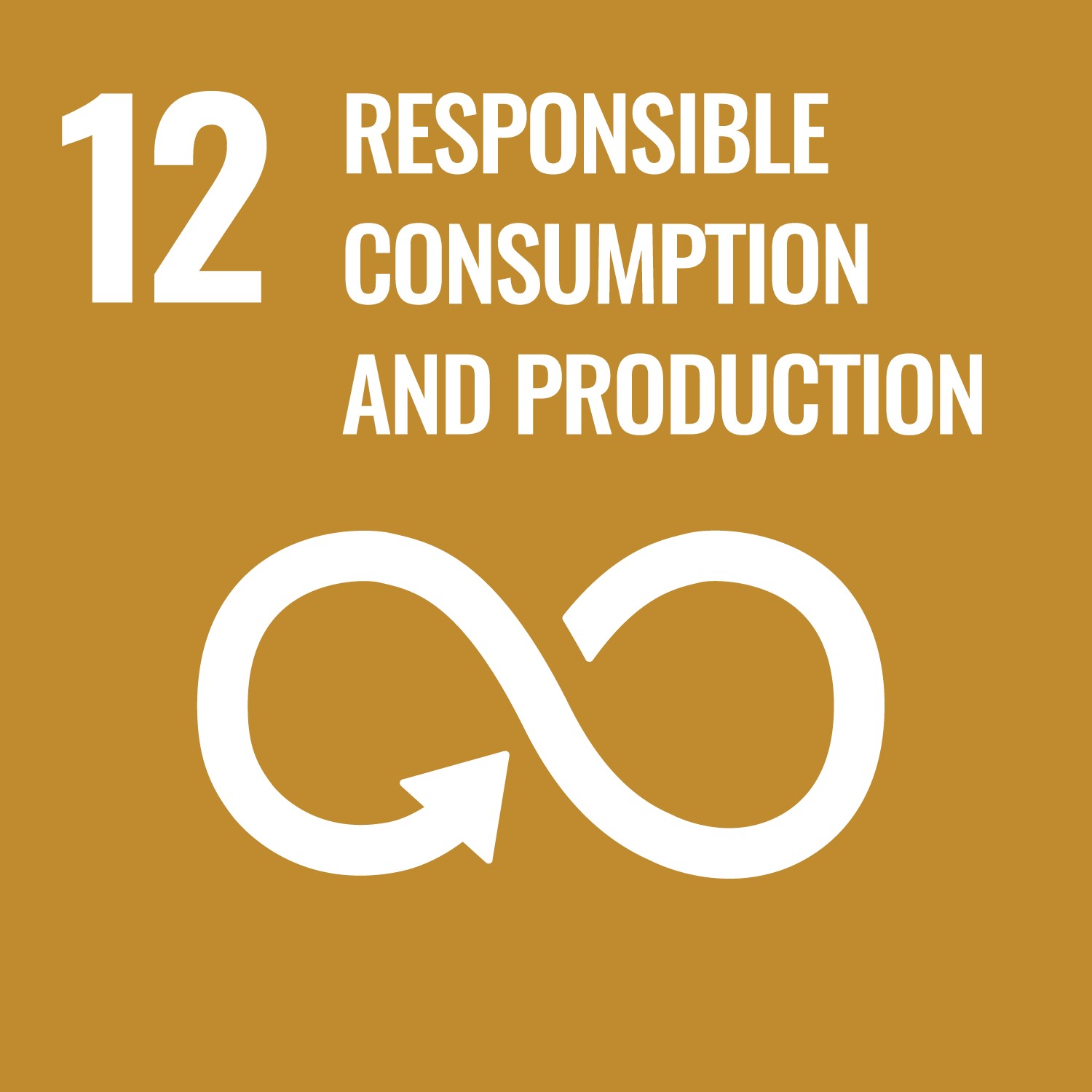 Goal 12
Goal 12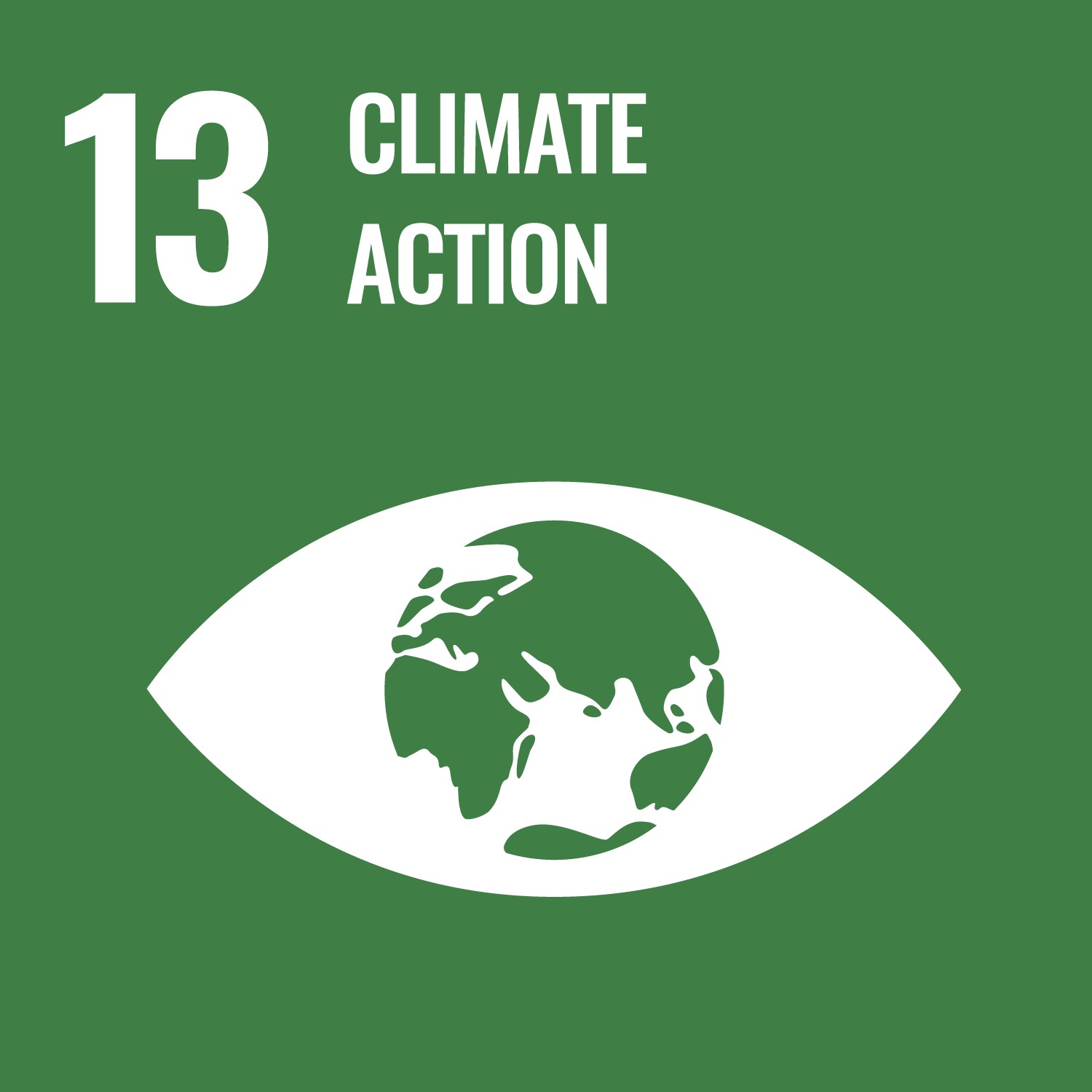 Goal 13
Goal 13 Goal 15
Goal 15